Why “Alien Megastructures” Almost Certainly Don’t Exist
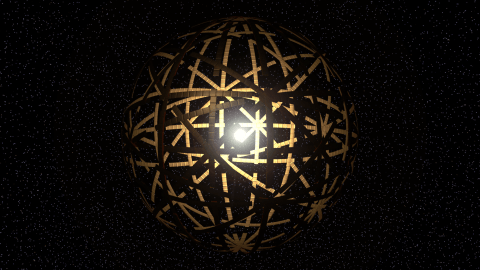
In principle, they could, of course. But around bizarre star KIC 8462852? Probably not.
“The fancy that extraterrestrial life is by definition of a higher order than our own is one that soothes all children, and many writers.” –Joan Didion
In the hunt for alien worlds, the holy grail would be intelligent alien life: the long-awaited signal that humanity has hoped for since we started dreaming about the stars, the one that tells us we’re not alone in this Universe. For more than half a century, the Search for Extra-Terrestrial Intelligence (SETI) has focused on looking for potential intelligent signals from other star systems, ranging from patterns in radio pulses to optical, X-ray or transiting signatures.
This last option — transiting signatures — got a whole lot more interesting when NASA launched the Kepler spacecraft, a dedicated observatory that would view some 150,000 stars at once, measuring the light from them and noting whenever the flux from any given star took a dip. In most cases, a drop in how luminous a star appeared would be temporary, as it would get restored to its initial value after a short time, and that dip would re-occur periodically: evidence that there was a planet (or other light-blocking object) in orbit around that star.
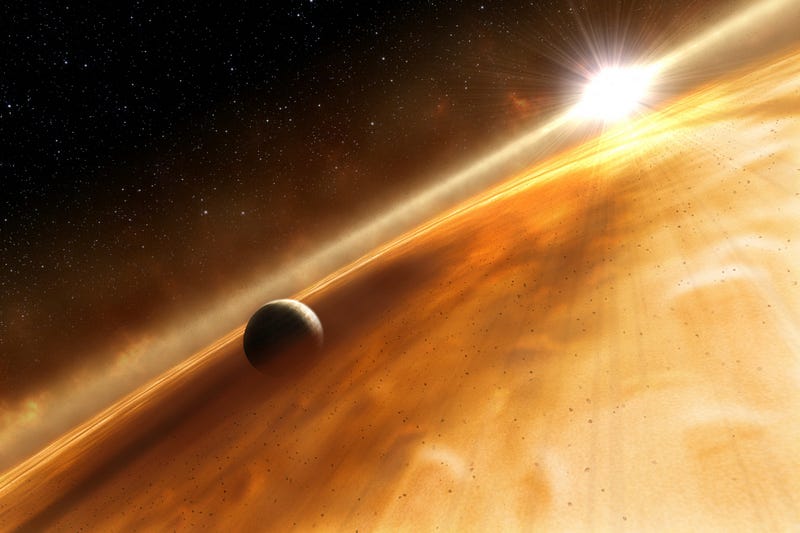
But while planets were the most common explanation for these dips (and could be verified using other follow-up methods, such as looking for the star’s “wobble” due to the gravitational influence of the planets), there could be other explanations. If you’re a person who’s prone to speculation, your mind might go to the most fantastic explanation of all: aliens, and in particular, intelligent aliens!
After all, if a supremely technologically advanced species wanted to, they could potentially alter their solar system by building some sort of megastructure around their host star.
- A Dyson sphere, where a large light-collecting structure envelops the star, capturing all its energy output.
- A collector ring or series of collector plates, where a giant array of solar panels orbits in space.
- Or simply “beacons” that announce to any onlooking observer, “we are here.”
These signatures would all be notable for two unique properties: the visible starlight that they block and, as they heat up, the mid-infrared signatures they’d emit.
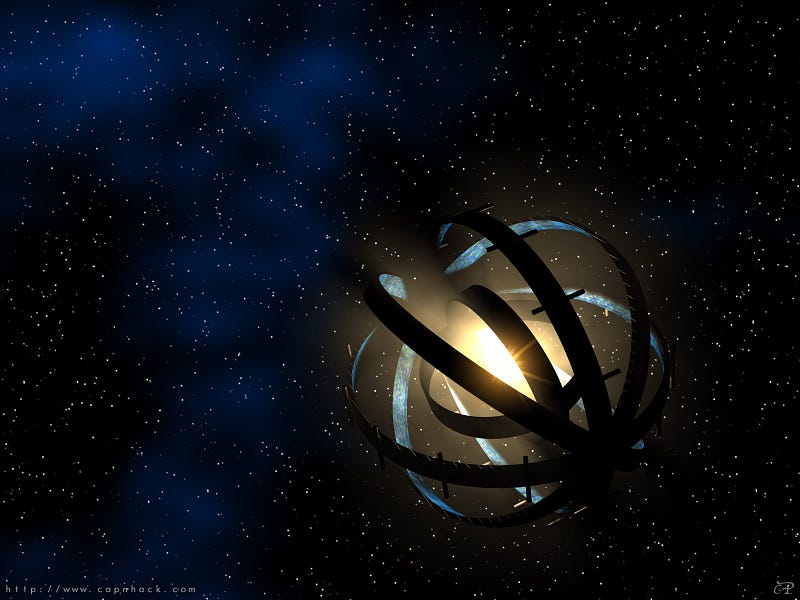
However, going for the fantastic, speculative explanation of aliens should be — if you’re scientifically minded — the absolute last resort that you’d turn to. As Penn State professor Jason Wright and his collaborators stated:
Thou shalt not embarrass thyself and thy colleagues by claiming false planets.
A couple of anomalous objects, or stars with huge and irregular variations in their fluxes, KIC 12557548 and CoRoT-29, could have been explained by this “alien megastructure” idea. But there were also well-motivated physical models, things that involved nothing more than the astrophysics you’d expect to find in run-of-the-mill Solar Systems, that could explain the observations as well. In science, when you have two explanations for the same phenomena — one which requires novel hypotheses and one which doesn’t — the simpler one tends to be correct.
Very recently, the star KIC 8462852 has been getting a lot of attention, since its well-studied properties by Tabby Boyajian and collaborators have been publicly released. If you look at the light coming from this star, you find some incredible dips of varying depths, indicating that anywhere from a fraction-of-a-percent to around twenty percent of the light from the star is being blocked at any given time. Here are some of the light-curve graphs to illustrate that for you.
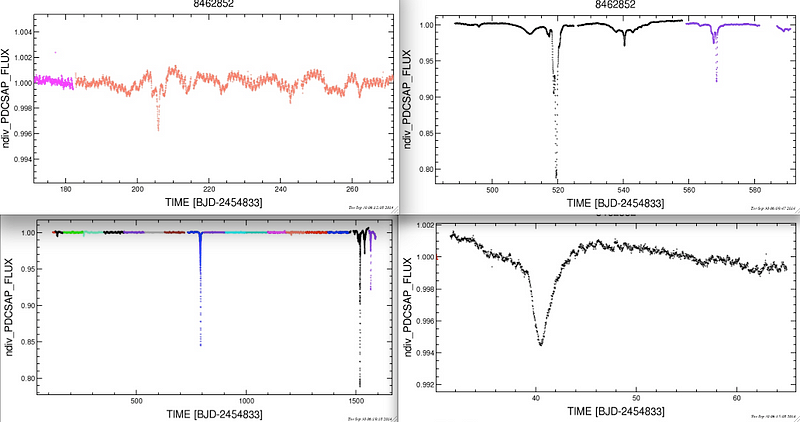
On the one hand, it could, of course, simply be aliens. But there are plenty of astrophysical explanations that could explain these light curves:
- This could be a young star with a protoplanetary disk still around it, full of dust and debris, that blocks the light at intermittent levels depending on the orientation of the disk and the star relative to our line-of-sight.
- There could be a series of giant planets with tremendous “ring” structures that prevent a significant portion of the light from reaching our eyes when they pass across their star’s disk.
- This could be a star that’s undergone a significant mass-ejection event, and when a dense portion of that gas passes between our eyes and the star, a significant fraction of the light gets blocked.
- This could be an older, but violent Solar System, where planets crash together and leave large amounts of debris around their star.
- Or it could be a result of a large number of comet-like objects swarming around the star, blocking large amounts of light at regular and/or irregular intervals.
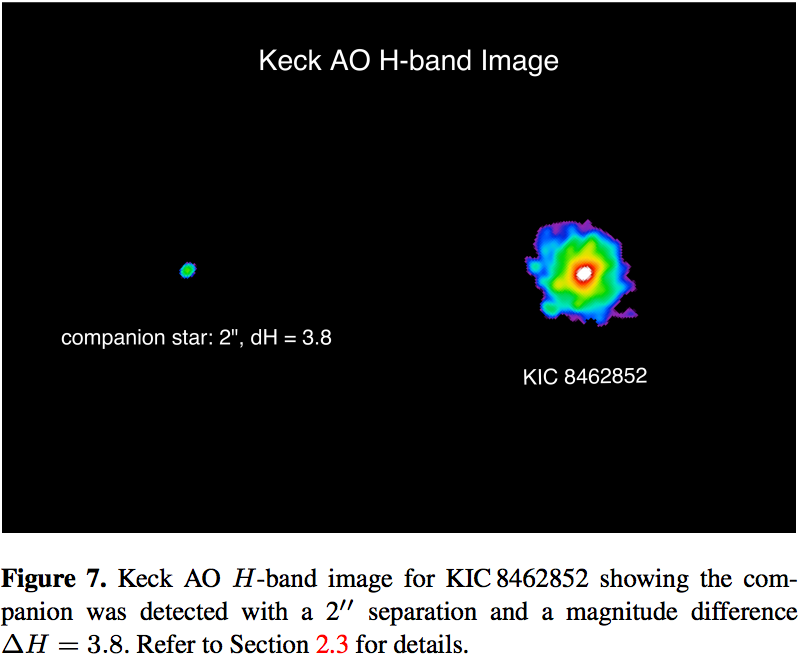
It’s one of these last two explanations, according to the authors, that appears to be the most likely. The star doesn’t appear to be young — although it does appear to have a wide, binary companion — while it doesn’t have the characteristic infrared signatures you’d expect to see if these truly were signs of alien intelligence. Although scientists like Wright and Boyajian hope to do radio telescope follow-ups to look for intelligent signals, the debris signals look like they’re the most likely explanation, either from collisions or from the binary companion throwing Oort cloud objects around with reckless abandon.
We shouldn’t be surprised, either. We have some evidence for this in our own Solar System!
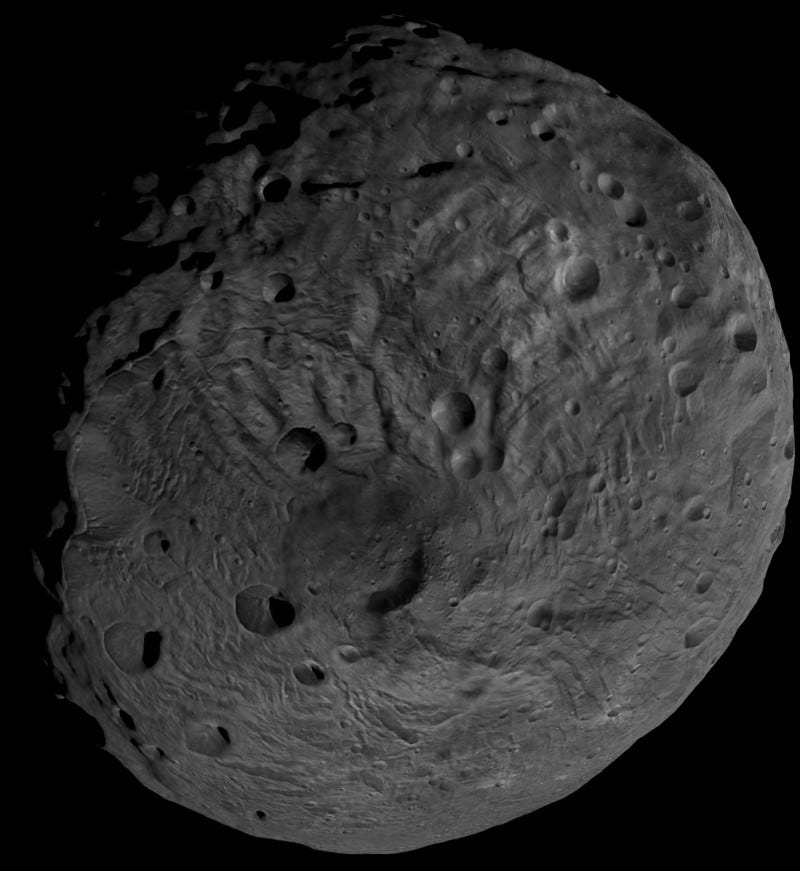
This is the Solar System’s second largest asteroid, Vesta. You’ll notice that, despite being about the size of the state of Arizona, Vesta is hugely irregular. It has “ripples” around its equator, it’s compressed in one dimension, and it has a huge mountain some 14 miles high inside of a colossal crater at its south pole. Why? Because 1–2 billion years ago, it was almost destroyed by a catastrophic collision!
These collisions may be rare in our Solar System, but they may be awfully common in other locations. When we look at what’s present around our Sun, it’s important to remember that we are 4.5 billion years into our history, and we only see the survivors. When it comes to other Solar Systems, there might be cases where survivors are rare, and the debris from their destruction is common. While our great hope for the star KIC 8462852 is that we’re looking at an alien paradise, it’s much more likely that this is a catastrophic wasteland, littered with nothing more spectacular than planetary wreckage.
Enjoyed this? Consider supporting Starts With A Bang on Patreon, and look forEthan’s first book, Beyond the Galaxy, this coming winter!





